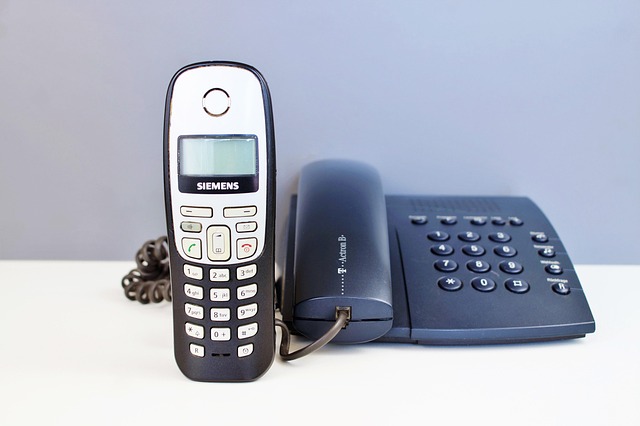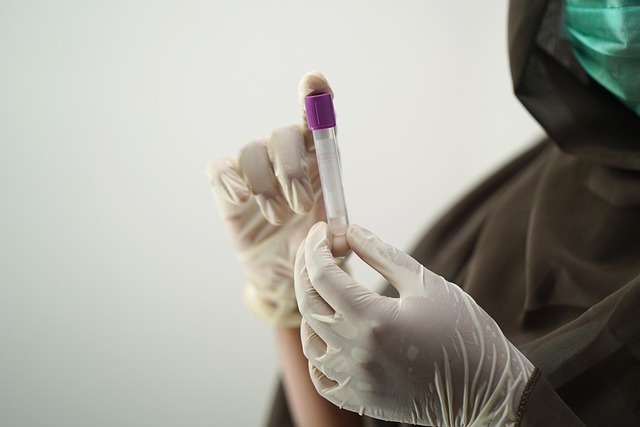Patient no-shows impact healthcare quality and operations. Reminder calls via SMS, email, or automated voice messages decrease no-shows, improve attendance rates, and patient management. Automated clinic reminders save time, resources, prevent overbooking, and boost medical attendance for both patients and healthcare facilities. Measuring success through attendance rates and patient satisfaction surveys validate these reminder systems' effectiveness.
In the digital age, technology offers innovative solutions to enhance healthcare accessibility. One such strategy focuses on mitigating patient no-shows, a significant concern impacting attendance rates. This article explores how technology-driven reminders sent via SMS, email, and voice calls can effectively reduce these absences. By understanding the causes of patient no-shows, we delve into the role of automated reminder systems in improving healthcare engagement. We provide practical strategies for implementation, tracking success, and enhancing overall medical appointment attendance rates.
- Understanding Patient No-Shows: Causes and Impact
- The Role of Technology in Reducing Absences
- SMS, Email, and Call Reminders: An Effective Trio
- Implementing Automated Reminder Systems
- Strategies to Improve Attendance Rates
- Measuring Success: Tracking and Evaluating Results
Understanding Patient No-Shows: Causes and Impact

Patient no-shows are a significant challenge in healthcare, impacting both patient care and clinic operations. Understanding the causes behind this issue is crucial to developing effective solutions. Several factors contribute to patients missing their appointments, including scheduling conflicts, forgetfulness, lack of transportation, and personal emergencies. These missed appointments can have severe consequences for individual patients and healthcare systems as a whole.
The impact extends beyond the immediate loss of revenue for medical practices; it also leads to reduced access to care for other patients who could have been seen during those canceled slots. This issue is even more pronounced in underserved communities where limited healthcare resources are already under pressure. Implementing effective reminder calls, whether via SMS, email, or automated voice messages, can significantly reduce no-shows and improve overall attendance rates, ensuring better patient management and resource utilization in healthcare settings.
The Role of Technology in Reducing Absences

In today’s fast-paced world, technology plays a pivotal role in streamlining medical appointments and reducing patient absences. The introduction of automated reminder systems has been a game changer in healthcare, especially when it comes to minimizing no-shows. Through SMS, email, or phone calls, patients receive timely notifications about their upcoming appointments, fostering a sense of accountability. This simple yet effective strategy ensures that individuals are reminded of their commitments, leading to improved attendance rates.
By leveraging reminder call services and clinic reminder automation, healthcare providers can efficiently manage patient schedules. These no-show prevention tools not only reduce the administrative burden but also allow medical professionals to better utilize their time. With such innovations, patients are more likely to keep their appointments, benefiting both individuals seeking care and healthcare facilities striving for optimal operational efficiency.
SMS, Email, and Call Reminders: An Effective Trio

SMS, email, and reminder calls form an effective trio for healthcare providers to combat patient no-shows and improve medical attendance rates. Each channel offers unique advantages that can be leveraged to ensure patients receive timely notifications and reminders about their appointments. SMS reminders, for instance, are highly effective because text messages have high open rates and are immediately accessible on mobile devices, making them convenient for patients to engage with.
Email reminders provide a more detailed and personalized message, allowing healthcare providers to include important information such as appointment specifics, preparation instructions, and follow-up care guidance. Additionally, reminder call services offer a direct line of communication where patient concerns can be addressed in real-time, enhancing the overall patient experience and boosting medical attendance. Integrating these no-show prevention tools into existing healthcare systems can significantly contribute to improving patient engagement and outcomes.
Implementing Automated Reminder Systems

Implementing automated reminder systems is a strategic move for healthcare providers to combat patient no-shows and enhance medical attendance rates. These innovative solutions send out timely reminders via SMS, email, or phone calls, ensuring patients are reminded of their upcoming appointments. By automating this process, healthcare facilities can save time and resources while improving efficiency.
Clinic reminder automation serves as a powerful tool in preventing no-show instances, which often lead to reduced appointment slots and overbooked schedules. With automated systems in place, patients receive gentle nudge reminders, increasing the likelihood of their attendance. This simple yet effective approach can significantly boost medical attendance rates, benefiting both healthcare providers and patients alike.
Strategies to Improve Attendance Rates

To improve medical attendance rates, healthcare providers can employ various effective strategies. One powerful approach is to implement clinic reminder automation through SMS, email, or reminder calls. These technology-driven no-show prevention tools have proven to be game changers in enhancing medical attendance boost. By automating reminders, patients receive timely notifications, reducing the likelihood of forgetting appointments.
Additionally, integrating reminder systems with patient demographics and preferences allows for personalized communication. For instance, sending text message reminders has shown higher engagement rates compared to email or voice calls. Customizing messages according to patient behavior and past attendance records can further improve effectiveness. This tailored approach not only prevents no-shows but also fosters better patient engagement and satisfaction.
Measuring Success: Tracking and Evaluating Results

Measuring success is a vital aspect of any healthcare initiative, and for technology-driven reminder systems, tracking results can provide valuable insights. The primary metric to focus on here is attendance rates – comparing the number of patients who attend appointments with those who missed out. A significant increase in attendance over time indicates the effectiveness of these reminders.
Evaluating the success of reminder calls requires a comprehensive approach. This includes analyzing no-show prevention tools’ impact, such as whether automated clinic reminder automation reduced the number of patients failing to turn up. Additionally, measuring patient satisfaction with the reminder system can offer further validation of its success in boosting medical attendance rates and improving overall healthcare service delivery.
